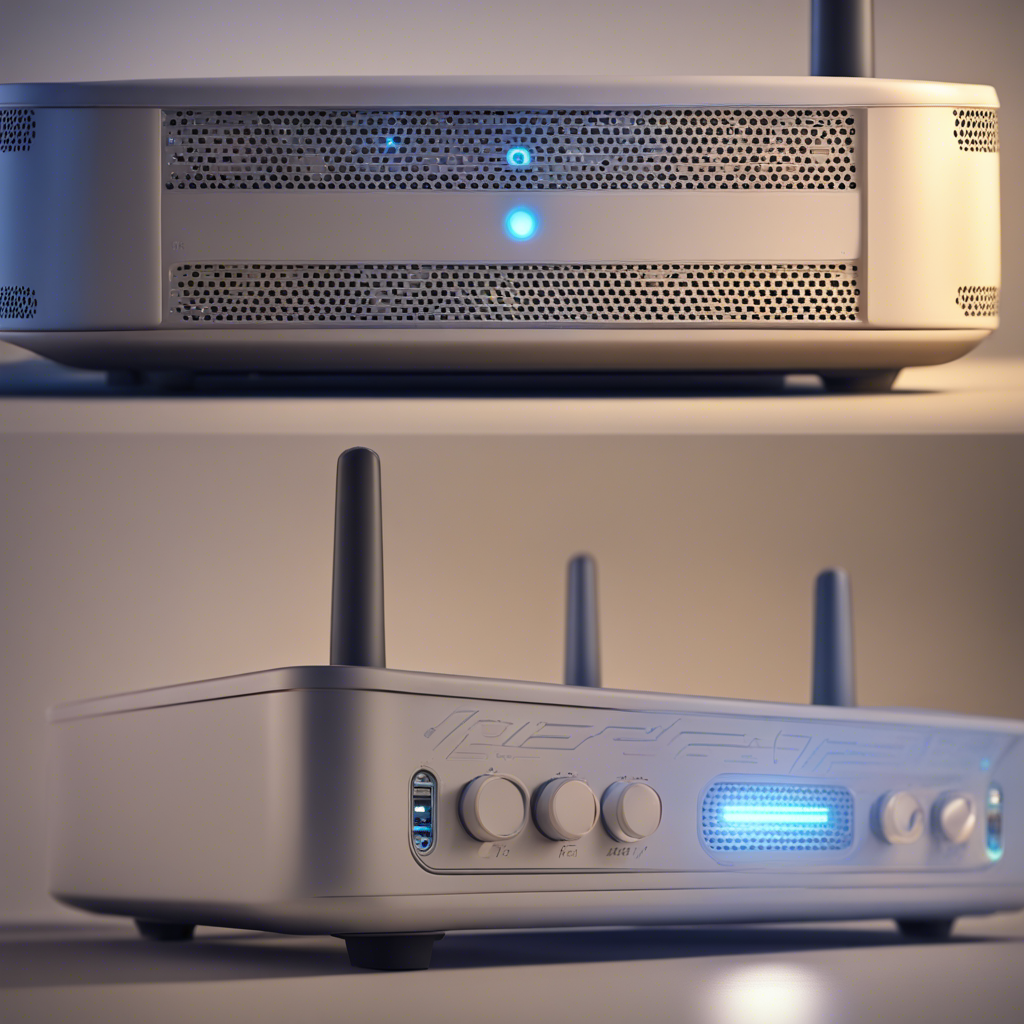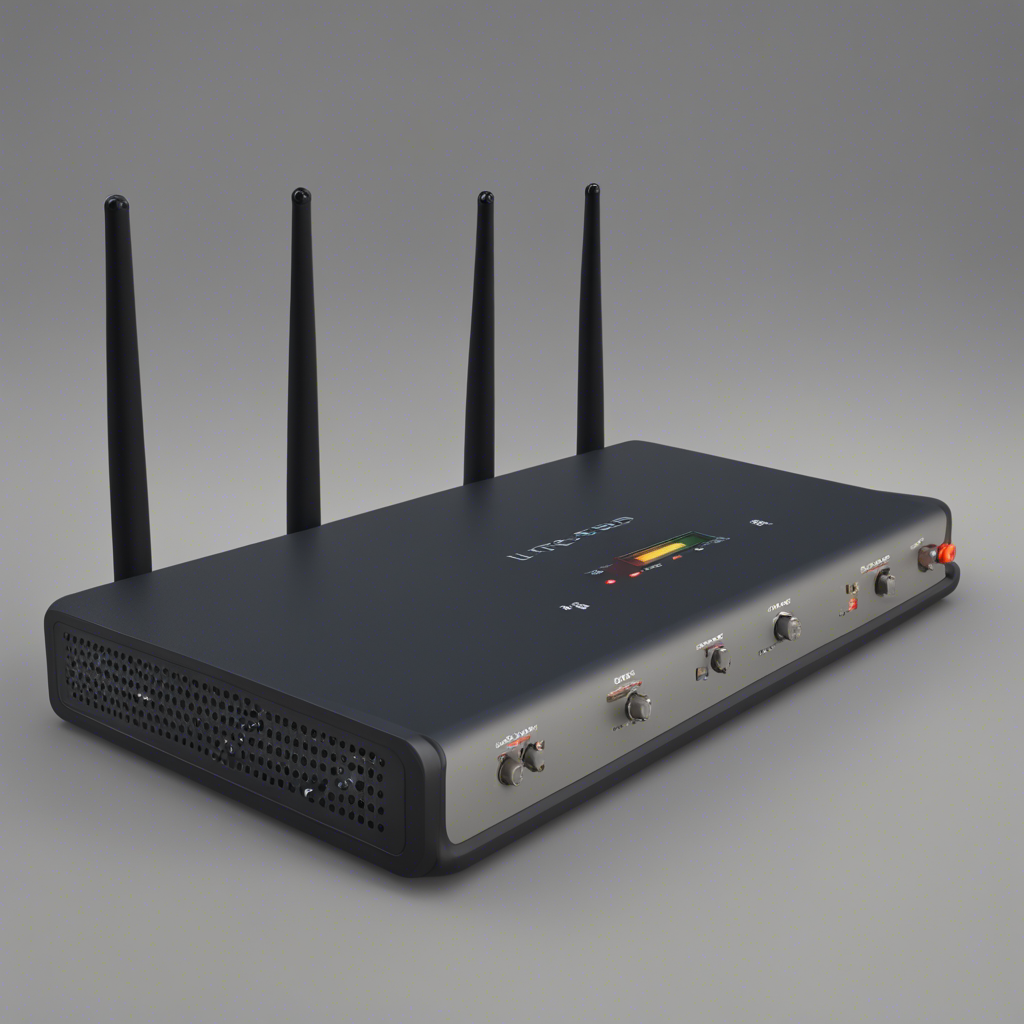
Tips to Optimize Your Home Network
In today’s digital age, having a fast and reliable home network is essential. Whether you’re working from home, streaming your favorite movies, or simply browsing the internet, a well-optimized home network can greatly enhance your online experience. In this blog post, we will explore some tried and tested tips to help you optimize your home network for maximum performance.
1. Choose the Right Router
The router is the heart of your home network, determining the speed, range, and stability of your internet connection. When selecting a router, consider the following factors:
-
Wireless Standards: Opt for a router that supports the latest wireless standards such as 802.11ac or 802.11ax (Wi-Fi 6). These standards offer higher speeds and better coverage compared to older ones.
-
Dual-Band or Tri-Band: Dual-band routers operate on two frequency bands (2.4GHz and 5GHz), while tri-band routers operate on three bands. Tri-band routers are ideal for heavy internet usage with multiple devices.
-
Antennas: Look for routers with external antennas as they provide better signal strength and wider coverage.
-
Processor: A powerful processor helps ensure smooth network performance, especially when handling bandwidth-intensive tasks.
2. Update Firmware Regularly
Firmware updates are released by router manufacturers to fix bugs, improve security, and enhance performance. Keeping your router’s firmware up to date is vital for optimal network functioning. Check your router manufacturer’s website periodically for firmware updates, and follow the instructions to install them. This will ensure that your router is running on the latest and most secure software version.
3. Optimize Router Placement
The physical placement of your router can significantly impact its performance. Here are a few tips for optimal router placement:
-
Central Location: Position your router at a centralized location within your home to provide equal coverage to all areas.
-
Elevated Position: Place the router at a higher position, such as on a shelf or mounted on a wall, to minimize interference from furniture and other obstructions.
-
Avoid Interference: Keep the router away from devices that can interfere with its signal, such as cordless phones, microwaves, and baby monitors.
4. Password Protect Your Network
Securing your home network is crucial to prevent unauthorized access and protect your personal information. Set a strong and unique password for your Wi-Fi network to ensure that only authorized users can connect to it. Avoid using common or easily guessable passwords, and consider using a combination of letters, numbers, and special characters for added security.
5. Enable Quality of Service (QoS) Settings
Quality of Service (QoS) settings on your router allow you to prioritize certain types of internet traffic. This is particularly useful if you engage in bandwidth-intensive activities such as streaming or online gaming. By enabling QoS, you can ensure that these activities get the necessary bandwidth, minimizing lag and buffering.
6. Use Wireless Range Extenders or Mesh Wi-Fi Systems
If you have a large home or experience weak signals in certain areas, wireless range extenders or mesh Wi-Fi systems can help extend your network coverage. These devices work by amplifying or expanding the reach of your existing Wi-Fi network, providing a stronger signal in hard-to-reach areas.
7. Secure Your Network with a Firewall and Antivirus Software
In addition to securing your Wi-Fi network with a strong password, it is also essential to protect your network from external threats. Install a reliable firewall on your router to prevent unauthorized access, and ensure that all devices connected to your network have up-to-date antivirus software installed.
8. Manage Bandwidth Usage
If you have multiple devices connected to your home network, it’s important to manage and prioritize bandwidth usage. Streaming videos or downloading large files on one device can hog the entire network, causing slow speeds for other devices. To avoid this, consider limiting the bandwidth usage of certain devices or using router settings to distribute bandwidth evenly.
Conclusion
Optimizing your home network is crucial for achieving fast and reliable internet speeds. By following these tips, you can improve your network’s performance, enhance your online experience, and ensure a seamless connection for all your devices. Remember to keep your router up to date, secure your network, and make use of additional devices or technologies to extend your Wi-Fi coverage when needed. With an optimized home network, you can make the most of your internet connection and enjoy uninterrupted connectivity.






